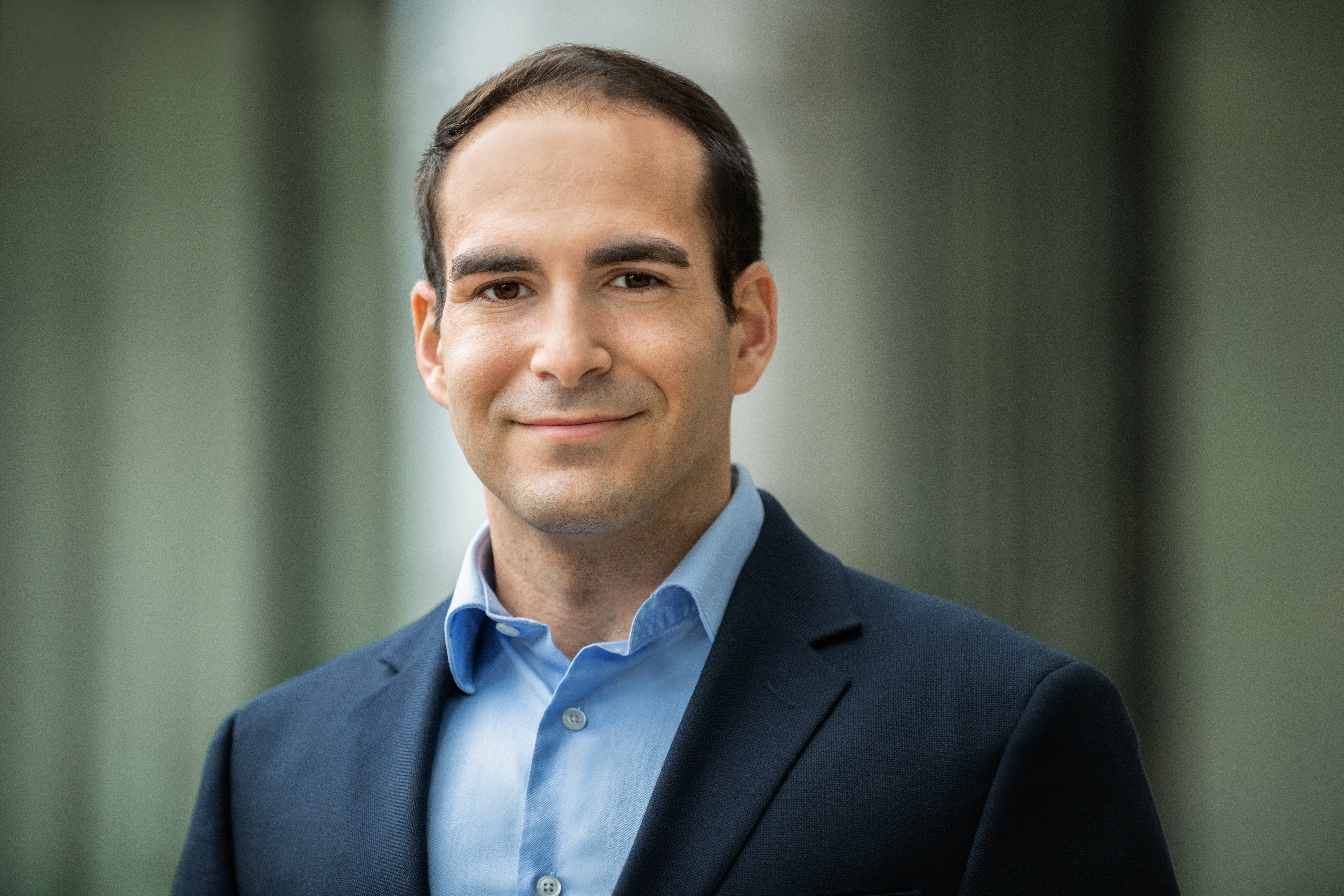Chief Economist for a Better Blockchain
-
-
MIT Technology Review
Filed Under
Recommended

Pablo Azar, PhD ’14, PhD ’19, says the way financial institutions typically transfer assets is outdated and inefficient. “The current systems rely on armies of analysts, accountants, and lawyers,” says Azar, who has a doctorate in computer science and will earn one in economics this summer. “The process of reconciling and settling trades is expensive and error-prone.”
The technology known as blockchain could help. Last November, Azar was named chief economist at Boston-based Algorand, which hopes to make this technology much more widely useful throughout the economy. The company was founded in 2018 by Silvio Micali, who is a Ford Professor of Engineering at MIT; early projects included a partnership with TOP Network, a decentralized cloud communication service with 60 million users, one of hundreds of active participants in Algorand’s private testing network.
Created in 2008 to support the cryptocurrency Bitcoin, blockchain is a digital ledger, most often public, that records transactions between two parties. (See MIT Technology Review’s May/June 2018 issue for a primer.) Because a blockchain ledger is spread across a vast network of computers, it is more resistant to certain types of cyberattacks. Each block—a transaction record—is added to the chain and cannot be altered without altering each successive block, making it prohibitively difficult to tamper with. However, the system most blockchains use to establish agreement that the information in the ledger is valid consumes so much computing power that it is slow and difficult to scale up. Algorand uses a different cryptographic protocol that is potentially much faster and less resource-intensive. “The academic cryptography community has spent decades building impressive tools to share information securely,” says Azar. “Silvio Micali has taken these tools—many of which he discovered in the first place—and used them to create a more efficient blockchain that could change the way that businesses work.”
The new position seems tailor-made for Azar, who relishes the chance to work on practical applications of some longtime academic interests. Born and raised in Buenos Aires, Argentina, he was introduced to economics by his older brother, and to computer science by his undergraduate classmates at Harvard. “When I was working on my computer science PhD, much of the research community was working on how to develop better targeted advertising,” he says. “I am excited to be part of a project that applies state-of-the-art computer science techniques to global macroeconomic problems.”
This article originally appeared in the July/August 2019 issue of MIT News magazine, published by MIT Technology Review.







